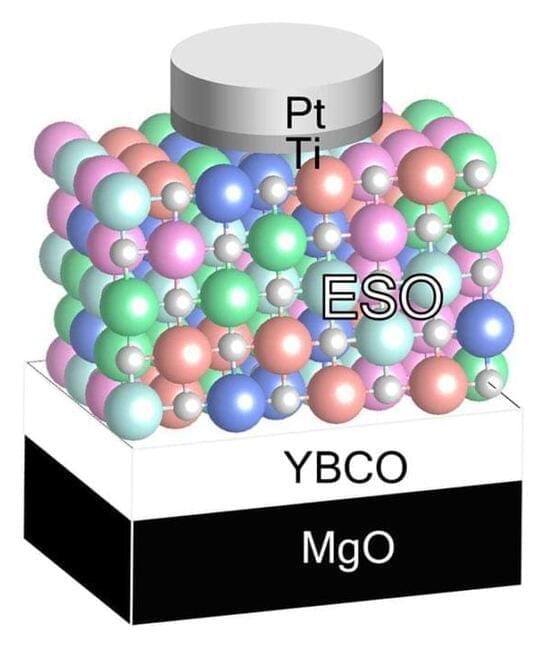The World Health Organization (WHO) released a report Tuesday that found the number of sexually transmitted infections have increased around the world.
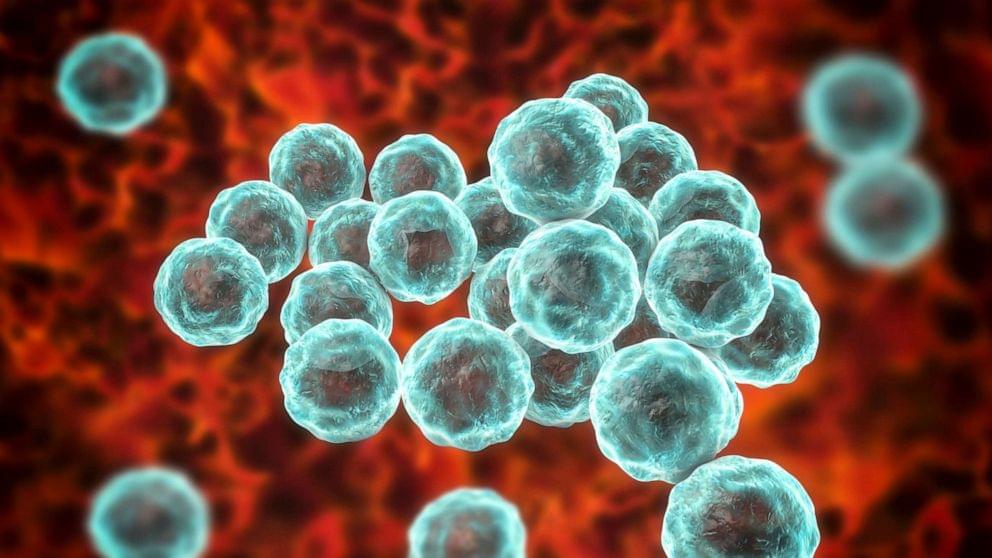


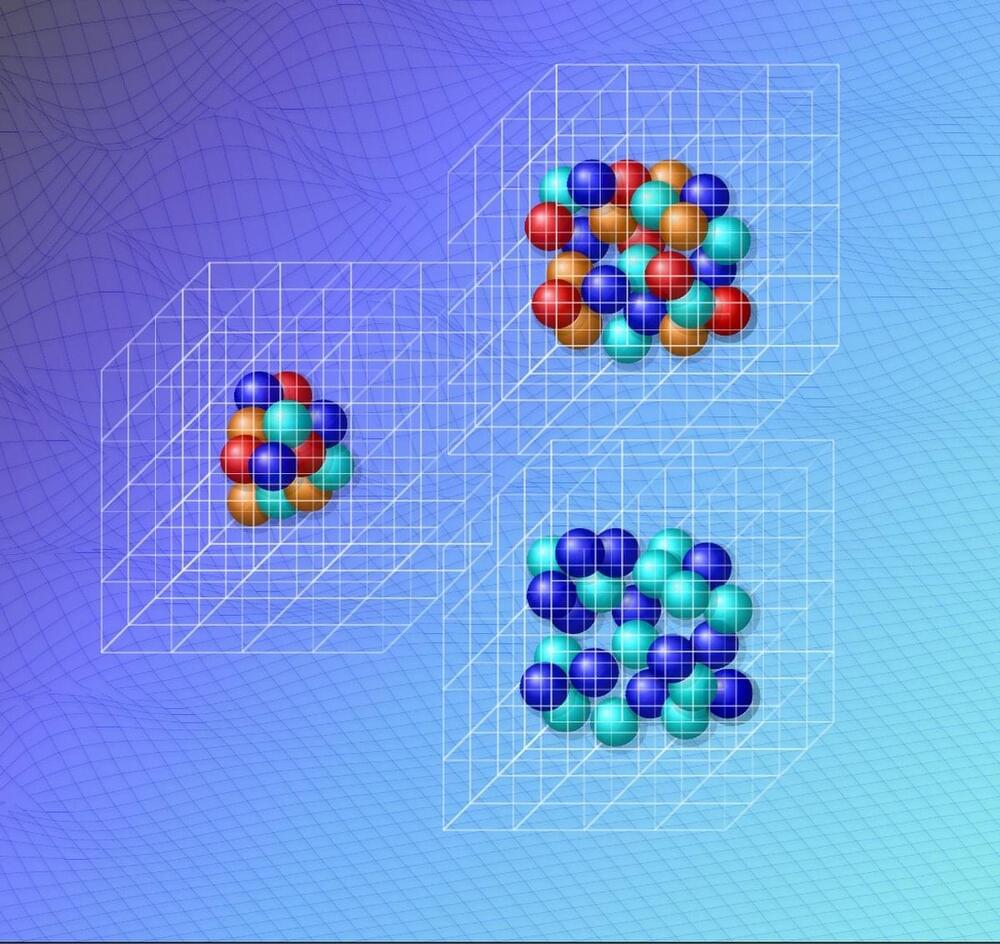
“In quantum many-body theory, we are often faced with the situation that we can perform calculations using a simple approximate interaction, but realistic high-fidelity interactions cause severe computational problems,” says Dean Lee, Professor of Physics from the Facility for Rare Istope Beams and Department of Physics and Astronomy (FRIB) at Michigan State University and head of the Department of Theoretical Nuclear Sciences.
Practical Applications and Future Prospects
Wavefunction matching solves this problem by removing the short-distance part of the high-fidelity interaction and replacing it with the short-distance part of an easily calculable interaction. This transformation is done in a way that preserves all the important properties of the original realistic interaction. Since the new wavefunctions are similar to those of the easily computable interaction, the researchers can now perform calculations with the easily computable interaction and apply a standard procedure for handling small corrections – called perturbation theory.

At the weekend, millions of people around the world were treated to a mesmerizing display of the aurora borealis and aurora australis, better known as the northern and southern lights. The lights, usually seen in crown-like regions surrounding the Earth’s poles, were pushed to mid-latitudes by heightened activity from the sun.
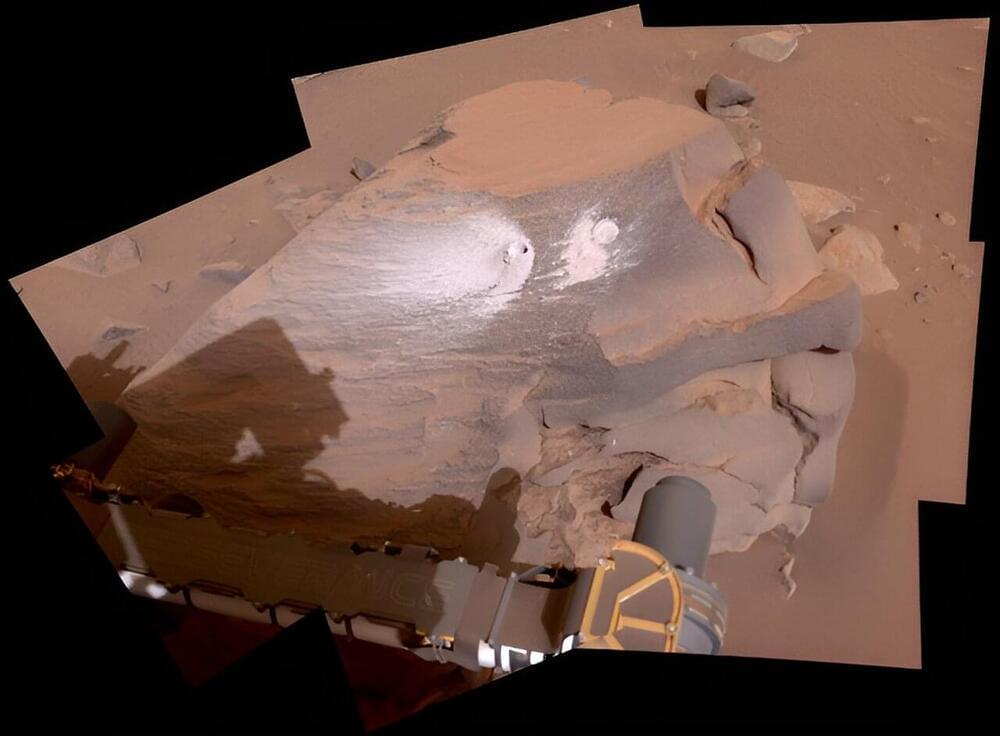
NASA recently asked the scientific community to help come up with innovative ideas for ways to carry out its Mars Sample Return (MSR) mission. This was in response to a report by an independent board that deemed that its US$11 billion (£8.7 billion) price tag was too expensive and its 2040 timeline too far in the future.
In brief, the ambitious plan was to collect rock samples cached inside containers by NASA’s Perseverance rover and deliver them to laboratories on Earth. Perseverance has been exploring Mars’ Jezero Crater, thought to have once hosted an ancient lake, since 2021. The mission would deliver the samples by sending a lander that carries a rocket (NASA’s Sample Retrieval Lander) down to the surface of Mars.
Perseverance would then deliver the cached rock samples to the lander, with small drone helicopters delivered on the lander as a back up. Perseverance’s samples would then be launched into Mars’ orbit using the lander’s rocket. A spacecraft already in Martian orbit, the Earth Return Orbiter, would then intercept these samples and deliver them to Earth.
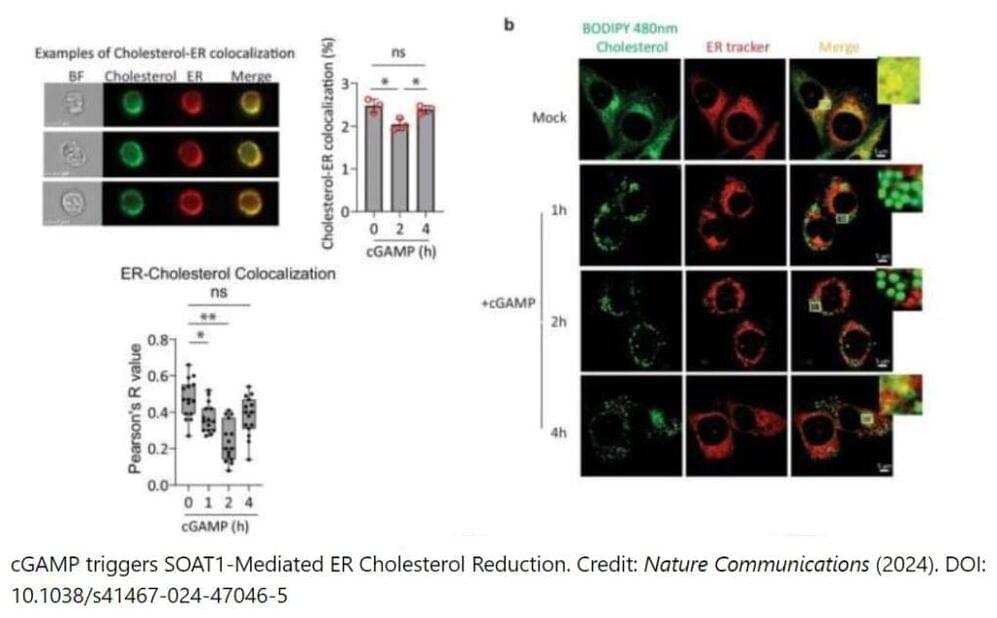
Columbia University researchers have found cells inside clogged arteries share similarities with cancer and aggravate atherosclerosis, raising the possibility that anticancer drugs could be used to treat atherosclerosis and prevent heart attacks.
Their study found that smooth muscle cells that normally line the inside of our arteries migrate into atherosclerotic plaques, change their cell identity, activate cancer genes, and proliferate inside the plaques.
“Our study shows that these transformed muscle cells are driving atherosclerosis, opening the door to new ways to treat the disease, potentially with existing cancer drugs,” says Muredach Reilly, MD, the Florence and Herbert Irving Endowed Professor of Medicine at Columbia University Vagelos College of Physicians and Surgeons and director of Columbia’s Irving Institute for Clinical and Translational Research.
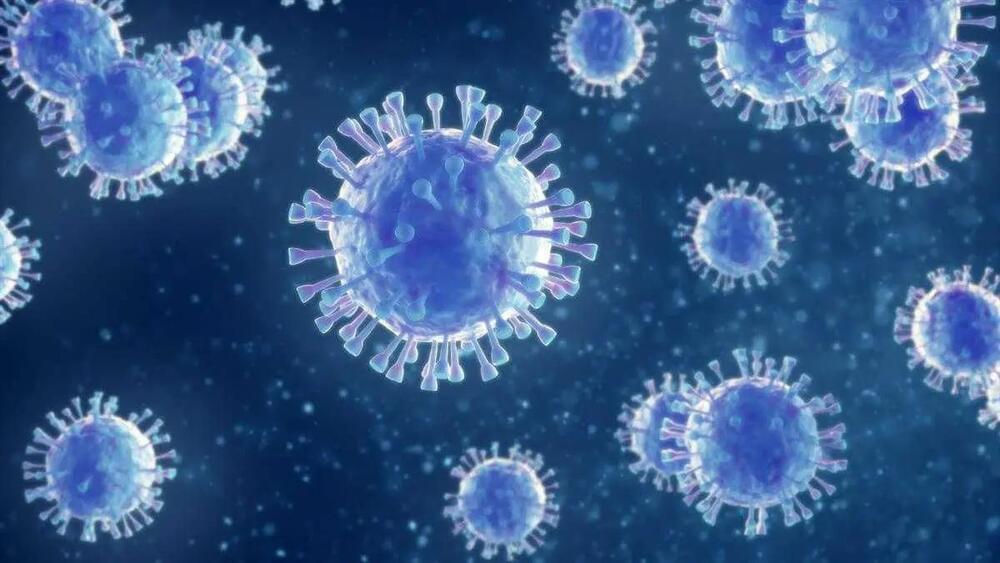
I found this on NewsBreak: #Virus #Publichealth
Dr. Melvin Vopson’s study delves into the intriguing concept of information entropy, which differs from traditional physical entropy. Physical entropy measures the disorder within a system’s physical states, whereas information entropy pertains to the arrangement and complexity of information within those states.
Vopson applied this principle to the SARS-CoV-2 virus, analyzing its mutations through an information entropy lens. He explained, “The physical entropy of a given system is a measure of all its possible physical microstates compatible with the macrostate…the additional entropy associated with them is called the entropy of information.”
Unlike physical entropy, which tends to increase, Vopson observed that information entropy in the virus decreased over time. This finding led him to propose the second law of info-dynamics, suggesting that information entropy must remain constant or decrease, offering a fresh perspective on how information evolves within physical systems.

Scientists have, for the first time ever, made light appear to move simultaneously forward and backward in time.
According to a LiveScience report, the new approach, developed by a global team of scientists, may contribute to the development of novel quantum computing methods and advance our understanding of quantum gravity.
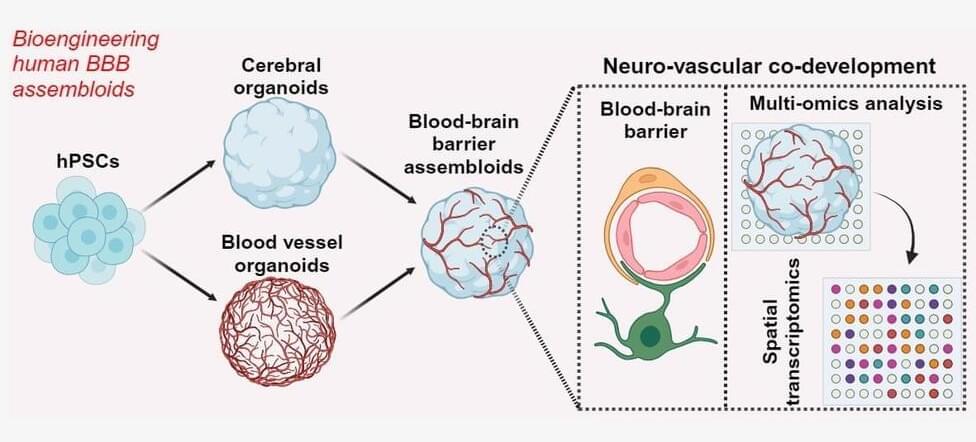
In a pioneering achievement, a research team led by experts at Cincinnati Children’s have developed the world’s first human mini-brain that incorporates a fully functional blood-brain barrier (BBB).
This major advance, published May 15, 2024, in Cell Stem Cell, promises to accelerate the understanding and improved treatment of a wide range of brain disorders, including stroke, cerebral vascular disorders, brain cancer, Alzheimer’s disease, Huntington disease, Parkinson’s disease, and other neurodegenerative conditions.
“Lack of an authentic human BBB model has been a major hurdle in studying neurological diseases,” says lead corresponding author Ziyuan Guo, PhD, “Our breakthrough involves the generation of human BBB organoids from human pluripotent stem cells, mimicking human neurovascular development to produce a faithful representation of the barrier in growing, functioning brain tissue. This is an important advance because animal models we currently use in research do not accurately reflect human brain development and BBB functionality.”
